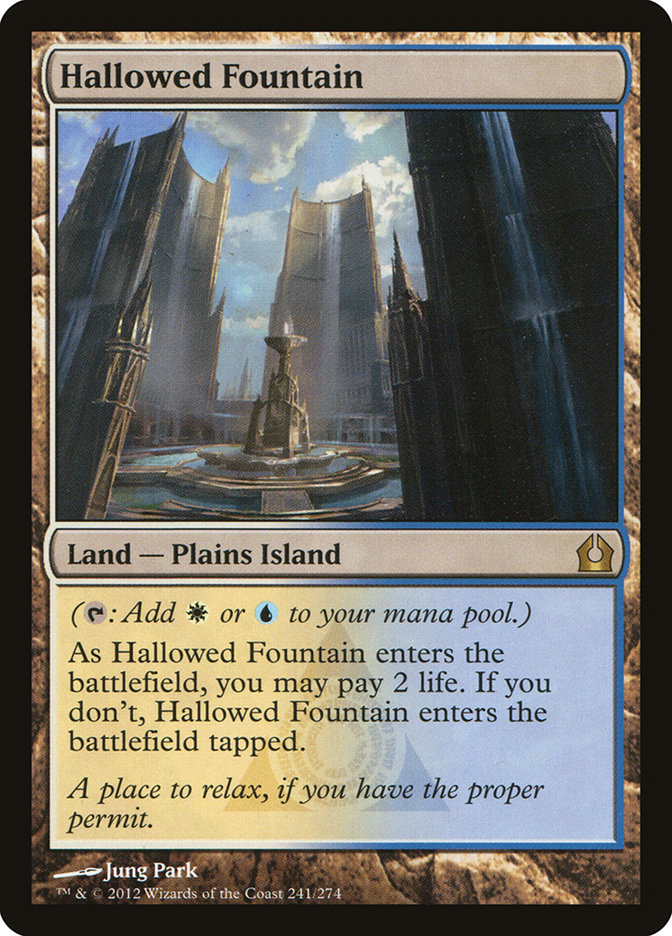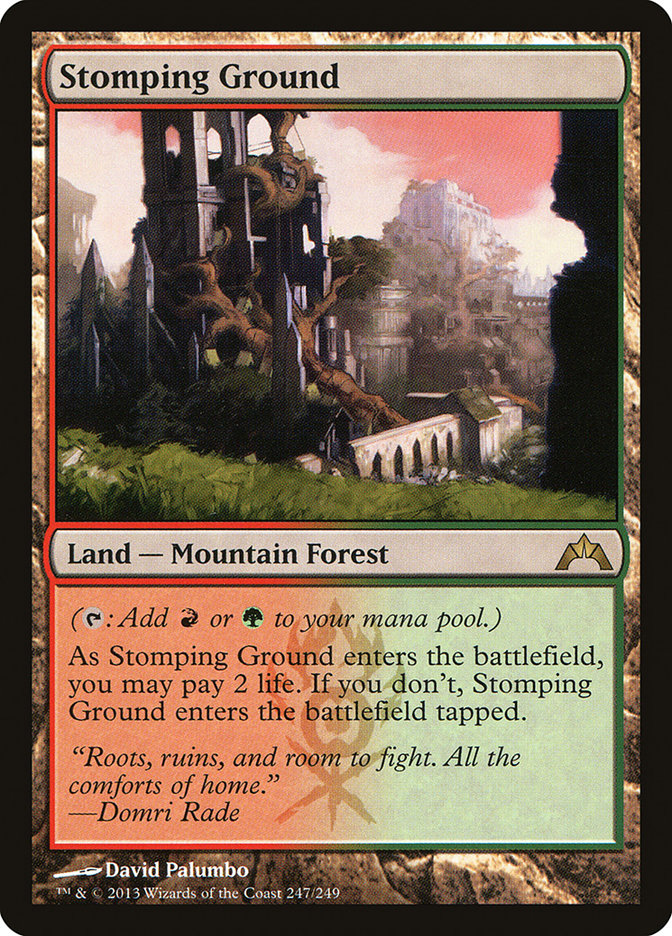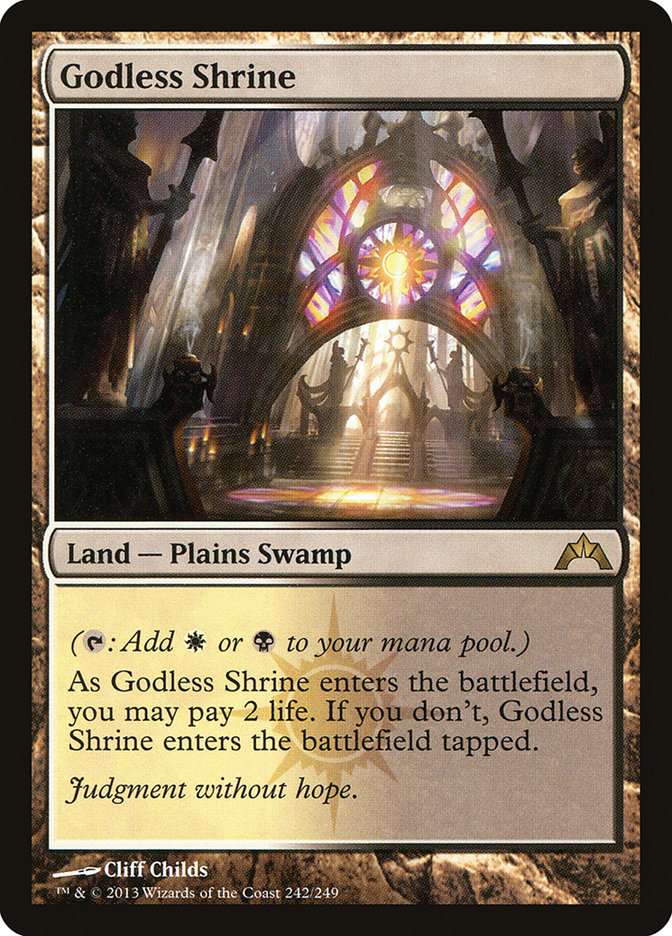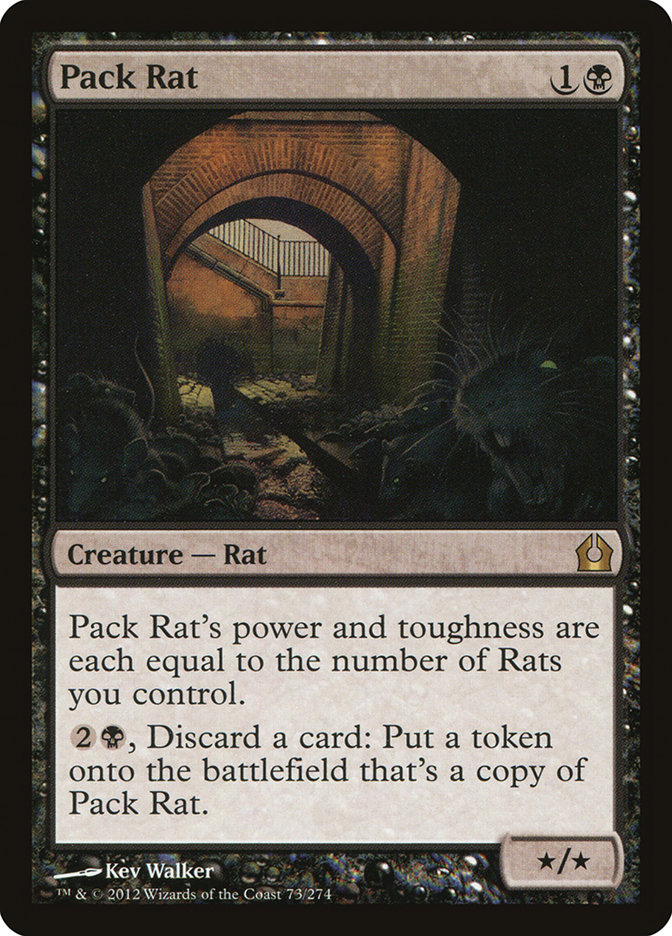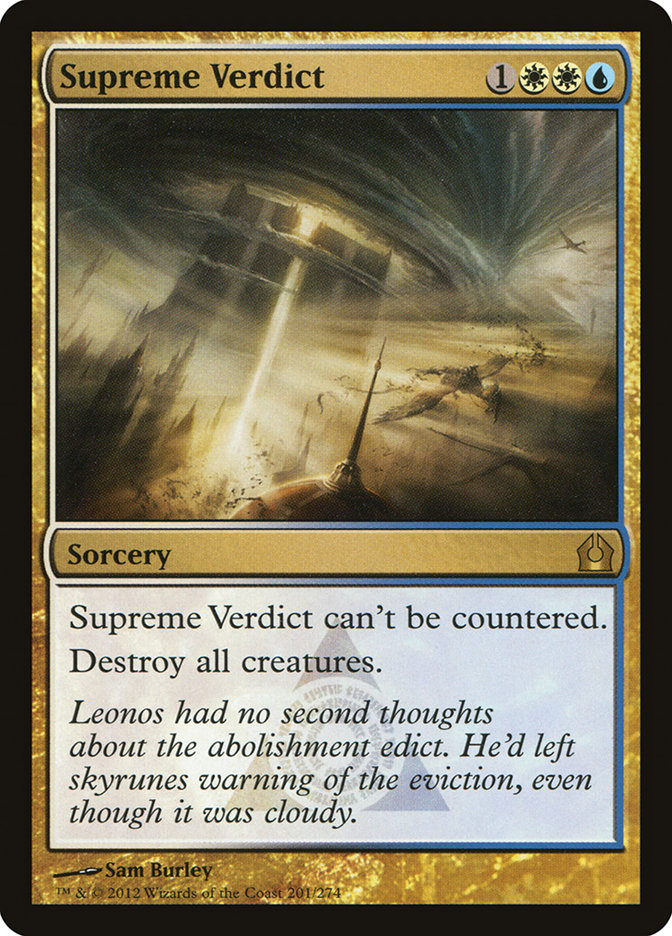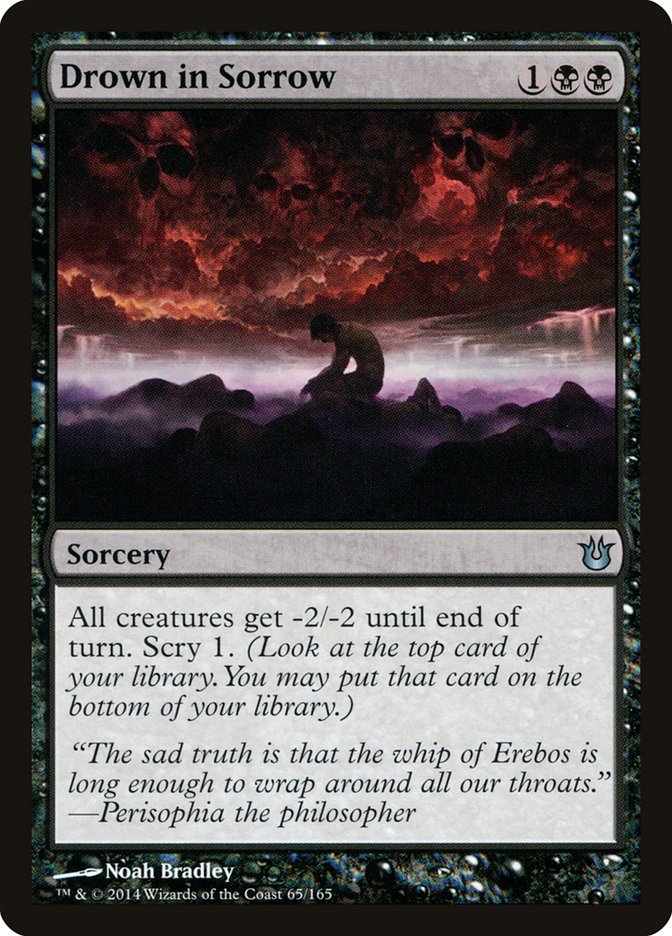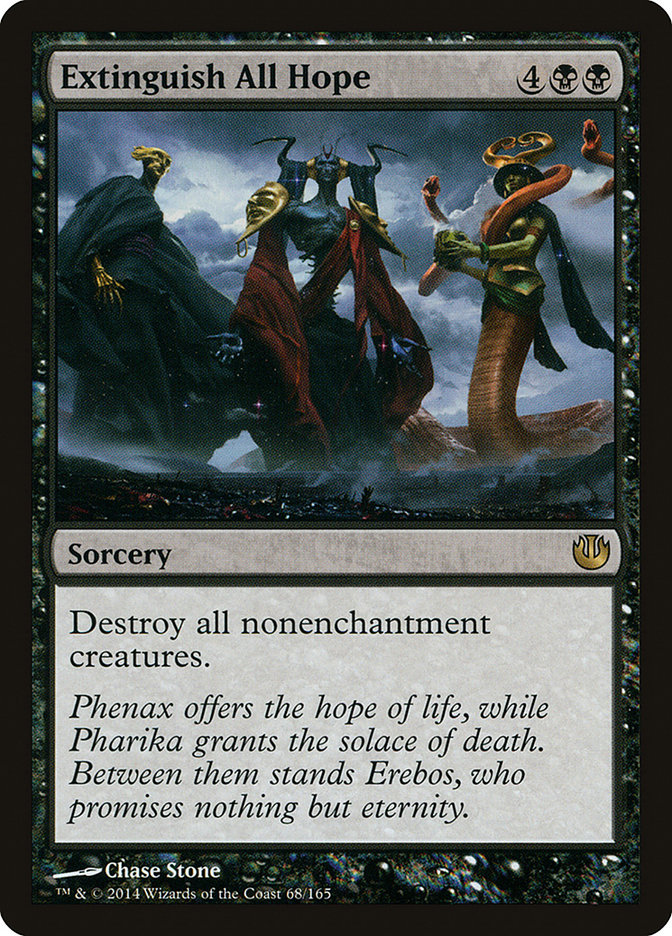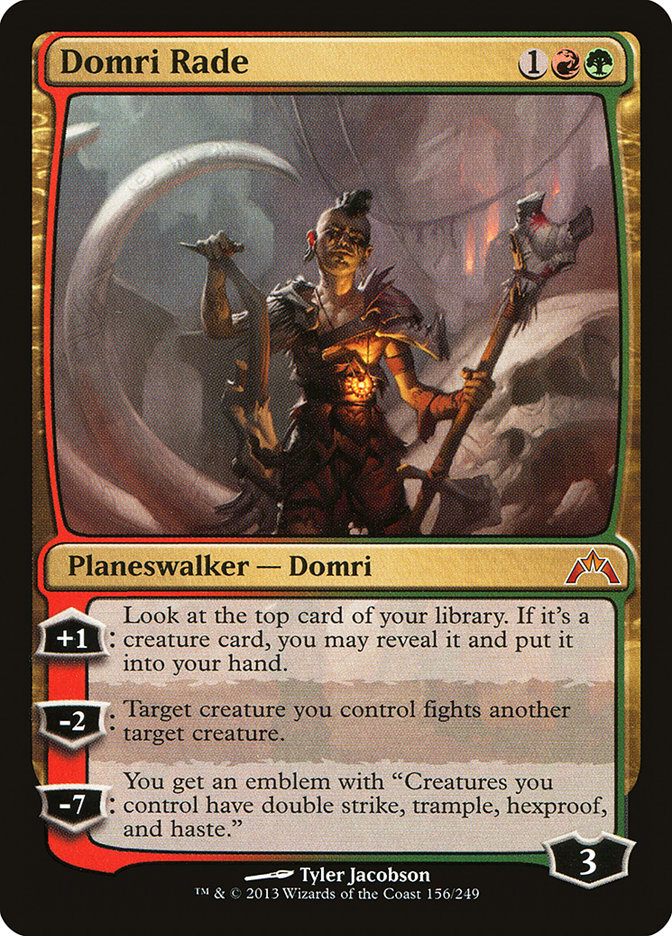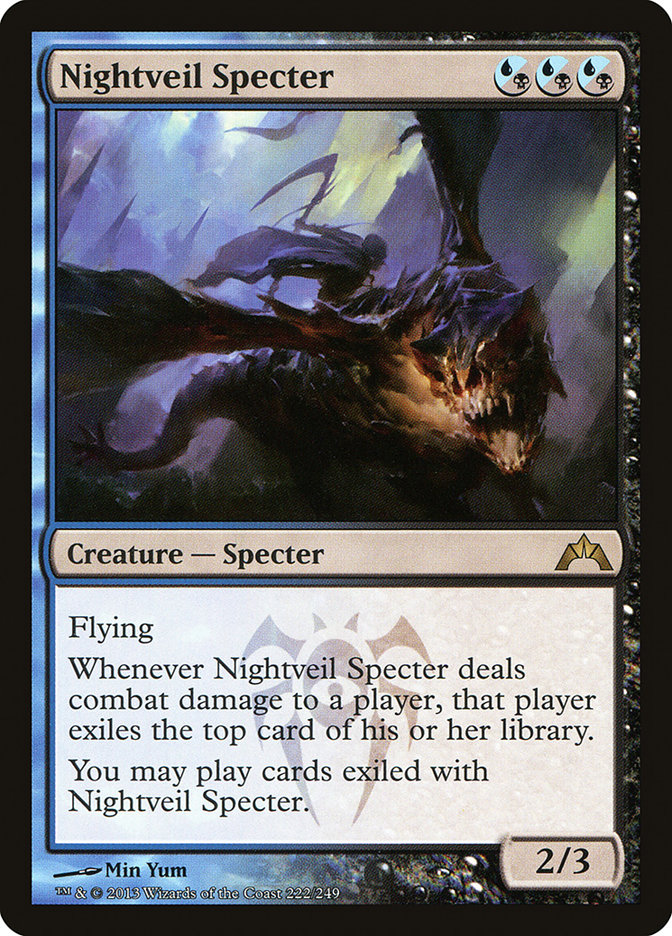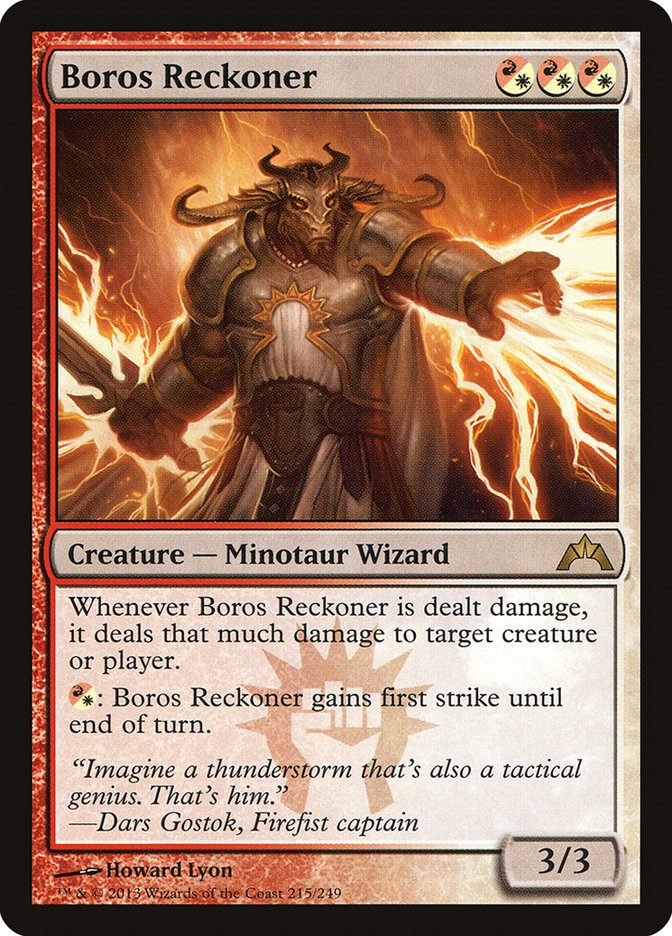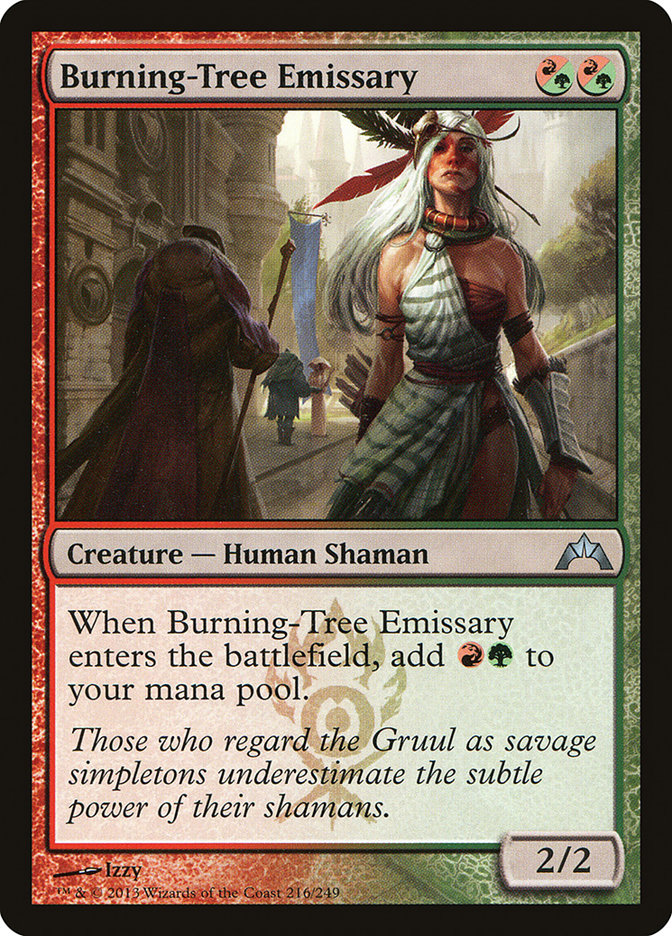Saying goodbye is never easy.
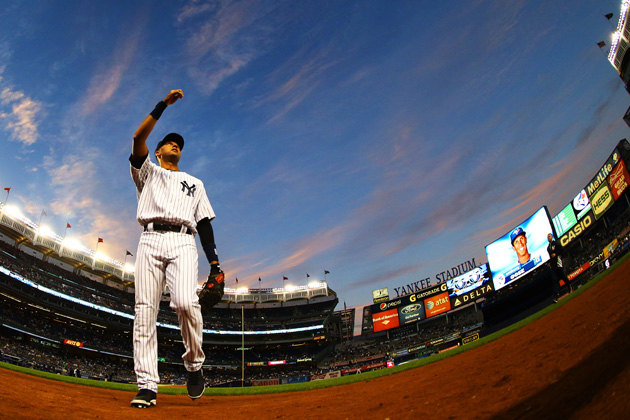
This season is going to be Derek Jeter’s last season in baseball, and as a lifelong Yankee fan, there has never been a point where I was watching baseball
and Jeets wasn’t at short. While this season is a chance for sports fans to all remember and admire one of the greatest shortstops to ever play the game, I
imagine it is a very different story for the members of the Yankee front office. While they’ve never even had a question who was going to be their
shortstop for the last twenty years, next year dawns a new, Jeter-less era.
It’s gotta be an extremely stressful time to be the general manager of the Yankees.
Magic’s the same way but on a smaller time scale.
Very soon we will say goodbye to Return to Ravnica block and many of the cards we have grown to both love and hate in Standard. Recognizing what holes are
going to be made is almost as important as finding new cards to fill them, and many of Standard’s biggest names will soon be retiring.
Perhaps the exodus that will impact Standard the most will be the exit of eleven lands. Topping that list is the ubiquitous Mutavault. Mutavault is one of
the most powerful cards in Standard and probably the most frequent among top 8 decklists. Aggressive decks have to have a very good reason not to warp
their manabase to play it, midrange decks rely on it as an extra threat that doesn’t cost a spell slot, and even control decks utilize it as a way to
pressure planeswalkers and deal with opposing Mutavaults.
So what does a format without Mutavault look like?
Aggressive decks take a pretty big hit, as Mutavault gave them a fantastic way to mitigate mana flood while also giving them insurance against sweepers and
sorcery speed removal. As someone who has played a lot of control over the last year, I can tell you that any aggressive start backed up with two
Mutavaults was often tough to beat, and if those Mutavaults were only basic lands, that it would have made a huge difference.
Planeswalkers also get a little bit worse, as Mutavault does some very good work at keeping planeswalkers in check. Just a single Mutavault in play
completely changes how you must play a Jace, Architect of Thought, and the fact that a few 2/2s can come out of nowhere any turn makes it much harder to
defend any planeswalker.
Any colorless non-basic land also gets better by a ton, as Mutavault was so good it pushed basically any other non-colored land out of contention. Nyxthos,
Shrine to Nyx could see some more play in less all-in devotion decks, and I would not be surprised at all to see a number of Radiant Fountains in control
decks as the effect is very good. Darksteel Citadel, assuming it gets some more artifact support from the new set, becomes much better as well. While cards
like Shrapnel Blast offer a great payoff from the low opportunity cost of putting a colorless land like Darksteel Citadel in your deck, that opportunity
cost gets much worse when the cost is “you can’t play Mutavault.” Once that is no longer an option, Darksteel Citadel, and all the cards it helps to
enable, becomes much better.
The other major change to manabases is going to be the exit of the Ravnica shocklands. Unless there are some good replacements in Khans of Tarkir (which is
the color ‘wedge’ set a la Shards of Alara), this is going to cause a major shift in what types of decks are possible in Standard. Aside from just being at
a high power level in general, the Ravnica duals are unique in that they are duals which can make two colors of mana on turn 1. Many recent duals like the
temples and buddylands come into play tapped turn 1, and this is a major valve on the speed of a format. Two-plus color aggressive decks become very hard
to build, and midrange decks become better. There are also some minor synergies having to do with land types that get worse, like Chained to the Rocks and
Sunblade Elf.
This shift is the most speculative, as while it is not likely there is going to be a manland any time soon that can rival Mutavault, it is likely there
will be some kind of land cycle in Khans of Tarkir; what that land cycle is will have an extremely important impact in how we build our decks for
the next year.
No more turn 1 Thoughtseize, turn 2 Pack Rat ever! At least not in Standard, of course; if that’s your thing in Modern (or even Legacy you sicko!), have
fun with that. The dreaded Mono-Black Devotion opening will finally be a thing of the past. While the exit of Mutavault would have definitely taken some of
the punch out of Pack Rat, Pack Rat’s exit will remove one of the fundamental tests of the format that every deck has to pass: Can my deck beat a Pack Rat goldfish?
The lifting of this deckbuilding restriction is a subtle but important thing for the format. Any deck that, while good otherwise, was weak to Pack Rat now
has a shot, and a wider variety of threats and answers now has a chance to shine. This also means that Thoughtseize decks will no longer have such a
self-contained and quick one card win condition any more.
Sometimes saying goodbye really is tough. I’ve been playing Sphinx’s Revelation decks for what seems like an eternity now, and while I had to deal with the
departure of Snapcaster Mage, now I must also say goodbye to the big one. Sphinx’s Revelation’s power level is through the roof, and it is very unlikely
control will be getting such a powerful, instant-speed card draw option again anytime soon. Sphinx’s Revelation changed how we build our control decks, as
it would give any deck that could survive ultimate inevitability. Decks like Floch’s deck from the Pro Tour – pure control with only one, slow win
condition – haven’t been possible in a very long time, and control is very likely going to have to shift into being more threat or planeswalker based
without such a haymaker of a card draw spell.
Once Sphinx’s Revelation is gone, we are going to have to turn to other card advantage avenues, like planeswalkers or other, more humble forms of card draw
like Jace’s Ingenuity – which is a card I really like.
Also leaving are the rest of the Azorius spells like Azorius Charm and Detention Sphere, but the biggest hole is going to be left by Supreme Verdict. The
four mana Wrath of God has been a staple in Magic since the very beginning, and even if it was called Day of Judgment, Mutilate, or Damnation, every player
knew that a control deck had the power to reset the board. Supreme Verdict has a major factor in how a format shapes up, and without it, we are currently
left with these cards as sweepers:
Honestly, putting Extinguish All Hope, or any conditional and/or expensive sweeper on this list, is extremely generous. Unless there is a suitable
replacement for Supreme Verdict in Khans of Tarkir, things are going to be very tough for control, and Standard is going to be a very on-the-board kind of
format.
While I don’t have a lot of experience playing Domri Rade, I have a ton of experience playing against it, and it has been miserable. Domri has been a
fantastic way for creature decks of all kinds to keep up with the plethora of removal that control decks play, and the threat of his ultimate presents
another non-creature threat that must be dealt with. His cheap cost and versatility in other matchups with his fight ability have made him a staple for
almost the entirety of his stay in Standard.
Without a card like Domri, creature-based aggressive and midranged decks are going to need to either speed up and kill faster to overcome potential card
advantage discrepancies, or find another avenue to keep them resilient in the face of removal.
While Nightveil Specter took a little while to catch on, it has proven to be one of the undisputed backbones of Mono-Blue Devotion, and a major player in
Mono-Black Devotion for the majority of the format. Being a high class threat that has evasion, was difficult to kill, and provided an amazing three
devotion for only three mana made it a linchpin in these decks. Without it all the other cards in these decks get worse.
In fact, this brings us to perhaps our strangest point of the day.
All
of the devotion based decks get much worse.
This, of course, is very odd, as one of the most obvious truths about a major block rotation is that typically the mechanics from the block staying in the
format end up seeing more love because they don’t have to compete with the previous block anymore. Once Khans of Tarkir hits, 60% of all the sets in
Standard will be from Theros block, which would seem to put a premium on all of Theros Block’s synergies.
Yet, many of the best devotion enablers are actually not in Theros at all, but plants from Return to Ravnica Block:
All of these cards, along with Nightveil Specter, Ash Zealot, Precient Captain, and Tidebinder Mage, really are the meat on almost all of the existing
devotion decks. Thassa, God of the Sea and Master of Waves are amazing Magic cards… as long as you can provide them with enough good devotion to actually
be effective. Very few Nyxthos, Shrine to Nyx decks have existed without the explosive power of Burning-Tree Emissary, and Boros Reckoner has fueled both
Nyxthos and Fanatic of Mogis alike. Even Grey Merchant of Asphodel is much less threatening without the difficult to remove Underworld Connections sitting
around on the table.
M15 and its mild artifact theme definitely did nothing to help this, and with Khans of Tarkir being a multi-colored ‘wedge’ set, it doesn’t seem that
likely that any devotion help will be there either. This means that the gods and other devotion cards likely get much worse, and that it looks like power
is going to be trumping synergy at least at first.
Most of the powerful pillars of Standard were from Return to Ravnica, and with that block on its way out we are looking at a major shakeup come Khans of
Tarkir. Figuring out what these holes are, and then what is available to fill them from the new set is one of the most important aspects of set evaluation,
and this sort of evaluation makes it much easier to digest a new set once spoilers start showing up.
While I’m not going to miss Sphinx’s Revelation as much as I’m gonna miss Jeets in pinstripes, it is going to be tough to see so many familiar cards go.
What cards are you going to miss the most?


